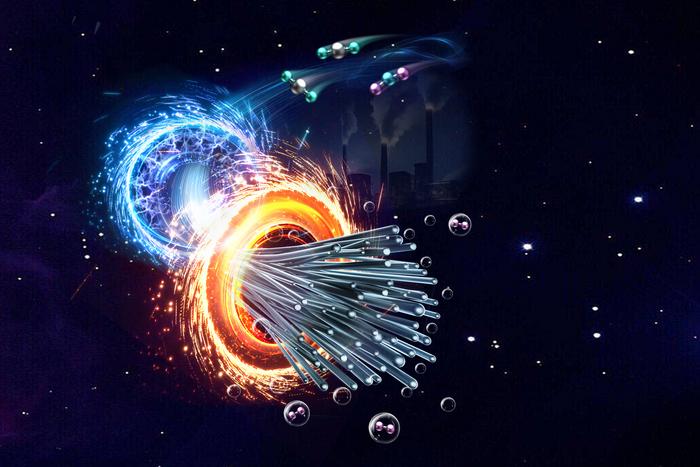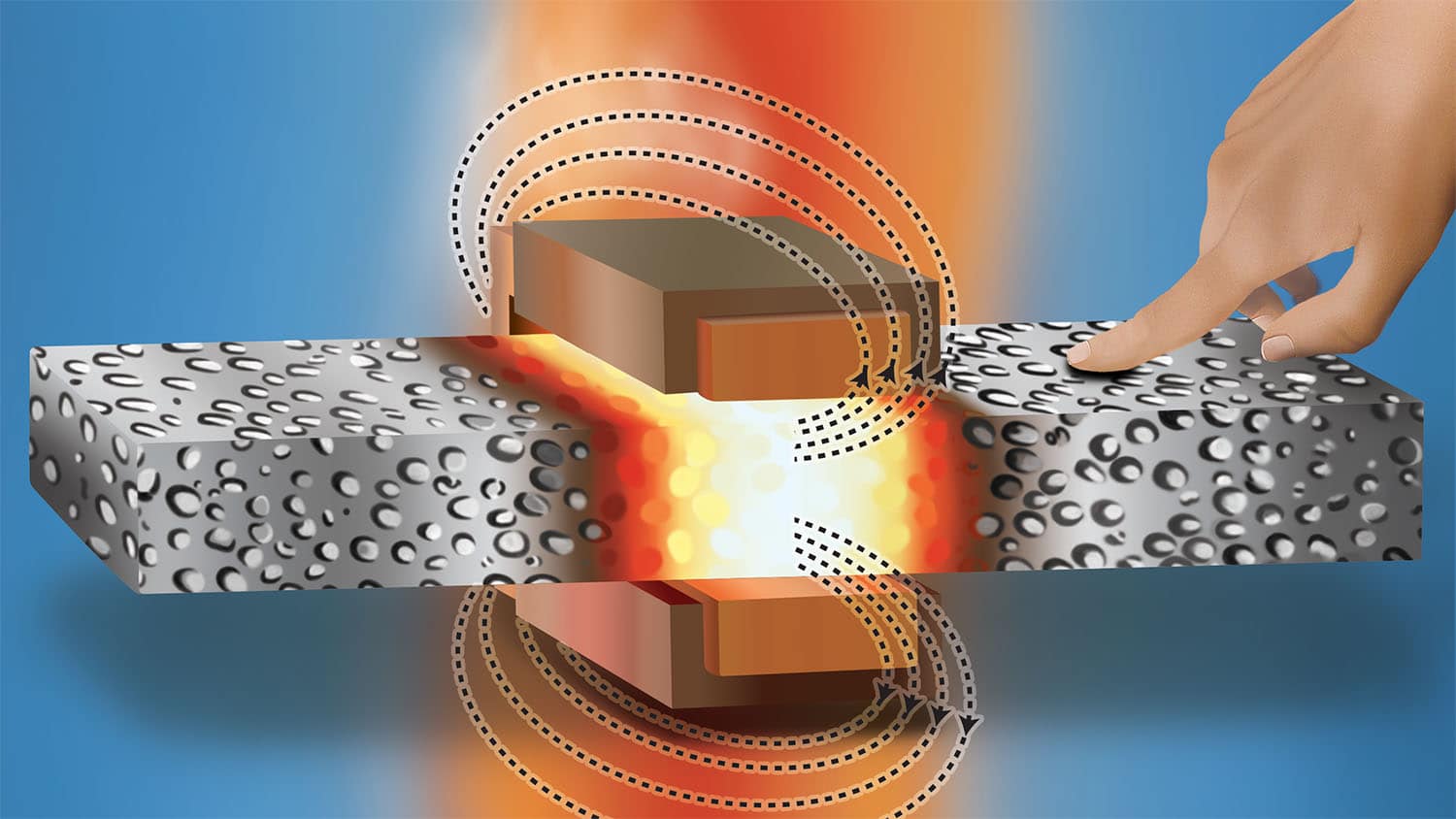A Groundbreaking Achievement
Scientists at Brookhaven National Laboratory and Columbia University have achieved a remarkable feat by transforming carbon dioxide (CO2), a notorious greenhouse gas, into valuable carbon nanofibers. This groundbreaking research not only provides a beacon of hope in the fight against climate change but also presents a potential solution to reduce atmospheric CO2 and create a sustainable source of nanomaterials with a multitude of applications.
The Catalytic Combo Approach
Their approach involves employing tandem electrochemical and thermochemical reactions at relatively low temperatures and ambient pressure. In the first step, an electrocatalyst is used to split CO2 and water molecules into carbon monoxide (CO) and hydrogen gas (H2) at ambient pressure and relatively low temperatures (around 370-450°C). This reaction is powered by electricity, ideally sourced from renewable sources like solar or wind energy.
From CO to Nanofibers
In the second step, the CO produced is fed into a separate reactor containing a thermochemical catalyst. This catalyst promotes the conversion of CO into long, chain-like molecules of carbon, which then self-assemble into solid carbon nanofibers.
Advantages of the New Method
This method boasts several advantages over traditional CO2 conversion techniques. Operating at lower temperatures and ambient pressure, it requires significantly less energy. The tandem approach also ensures high efficiency, minimizing waste, and maximizing CO2 utilization.
Additionally, the process can scale up for large-scale nanofiber production. Its sustainability is improved by utilizing renewable energy for electrocatalysis, potentially achieving carbon-neutral or even carbon-negative results.







